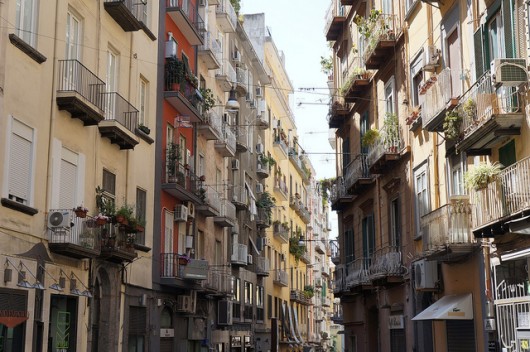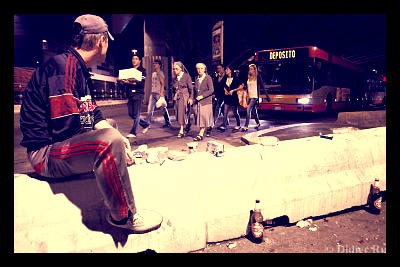
In the past few years, remarkable progress has been made toward ending hunger in Italy and throughout Europe. However, there are still 836 million people living in poverty worldwide along with 795 million people struggling with chronic hunger.
By looking at Italy’s approach to addressing hunger and poverty–both domestically and internationally–the achievements and shortcomings of Italy’s social policy reveals the complexities of the fight to end global hunger by 2030.
10 Facts About Ending Hunger in Italy
- The rate of undernourishment in Italy is at 5 percent, according to the Global Food Security Index. This low figure is in part due to Italy’s food safety net programs, school lunch programs and high nutritional standards.
- Italy has one of the highest child poverty rates in Europe. Children are subsequently more at risk of living in a food insecure household. About 15.9 percent of Italian children live in relative poverty, according to UNICEF. Relative poverty is defined as living in a household where disposable income is less than 50 percent of the national median income when adjusted for family size and composition.
- Over one in four Italians are at risk of poverty or social exclusion, according to Italian news agency ANSA. In 2015, Italy’s poverty risk rate rested at 28.4 percent versus the European Union average of 24.5 percent after years of facing an economic crisis.
- According to UNICEF, an estimated 13.3 percent of children in Italy are deprived of some basic necessities even if they don’t live below the poverty line. UNICEF included 14 items on the deprivation index including whether or not children had access to three meals per day, fresh fruits and vegetables every day, and at least one meal with a rich protein source.
- If you’re homeless and hungry, it may not be a crime to steal food from a supermarket in Italy, according to an Italian court ruling this year. The Supreme Court of Cassation revoked the conviction of Roman Ostriakov, a homeless man from Ukraine, attempting to leave a supermarket with cheese and sausage in his pocket after only paying for some breadsticks. The circumstances under which Ostriakov stole was enough for the court to decide that he stole in a state of immediate and essential need which does not constitute crime, according to ANSA.
- Social welfare resources in Italy, such as the Social Card, are inadequate for alleviating poverty and ending hunger in Italy. According to a national report by Combatting Poverty in Europe (COPE), the Social Card is a debit card charged on a bimonthly basis – financed by public resources and private donations – and is used to purchase groceries and pay basic utilities. The Social Card has been subject to heated debate due to the strict and very limited eligibility of getting a card, and the inadequate financial assistance the card provides to low income families.
- In response to the apparent need for improving social welfare programs in Italy, organizations like the Costa Crociere Foundation formed to provide humanitarian assistance. The Costa Crociere Foundation addresses the main causes of poverty by “giving people the tools they need to lift themselves out of hunger” in the long term while working to ease the short-term effects of hunger and homelessness. They do this through food assistance programs and providing shelter for the homeless.
- In 2015, Expo Milano was hosted in Milan, Italy centered around the theme “Feeding the Planet: Energy for Life.” The exposition’s primary objective is to foster international dialogue on the challenges concerning food security, malnutrition and sustainable agricultural practices. Expo Milano was visited by an estimated 20 million people, according to the Brookings Institution.
- While the Italian government and local organizations continue to grapple with alleviating poverty and ending hunger in Italy, the country is also a top donor for international hunger relief programs. According to the International Fund for Agriculture Development (IFAD), Italy is as a generous donor and partner with IFAD in their shared mission to make food security a reality worldwide. The Food and Agriculture Organization of the United Nations also recognizes Italy’s contribution to 39 projects that have been implemented in 85 countries “with the aim of addressing poverty and improving food security by enhancing agricultural productivity.
- Ending hunger in Italy is not Italy’s only goal. The United Nations, including Italy, aims to end world hunger by 2030. The UN and partner organizations plan to end world hunger by primarily focusing on increasing investment in rural infrastructure and agricultural resources in developing countries and reforming food security policies worldwide.
– Daniela N. Sarabia
Photo: Pixabay







